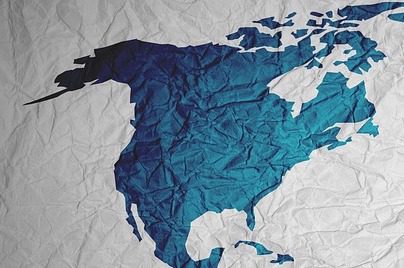
Trafficking in Persons in North America
Trafficking in Persons in North America
Regional
This report will review the situation of human trafficking in the United States, Canada, and Mexico since the Palermo Protocol in 2000. While these three governments are working together to address trafficking, there have been no regional treaties or conventions between the three governments specifically on trafficking.
The United States, Canada, and Mexico strengthened links between their economies, particularly the trade in agricultural products, with the North American Free Trade Agreement in 1994, yet border patrols by the United States were strengthened after September 11, 2001. The result of stricter immigration policies combined with an increasing demand for labor in the United States was to drive migrant laborers underground and increase their vulnerability to trafficking. Demonstrating regional cooperation, the three countries convened in December of 2001 to participate in a North American Regional Consultation on the Commercial Sexual Exploitation of Children, with representatives from NGOs, law-enforcement, and government agencies. The U.S. government has been focused on increasing cooperation with its neighbors, providing trainings, and improving border patrols. However, the political and economic differences in working with Canada and Mexico impact the degree to which these efforts have been successful.
Read more here.
